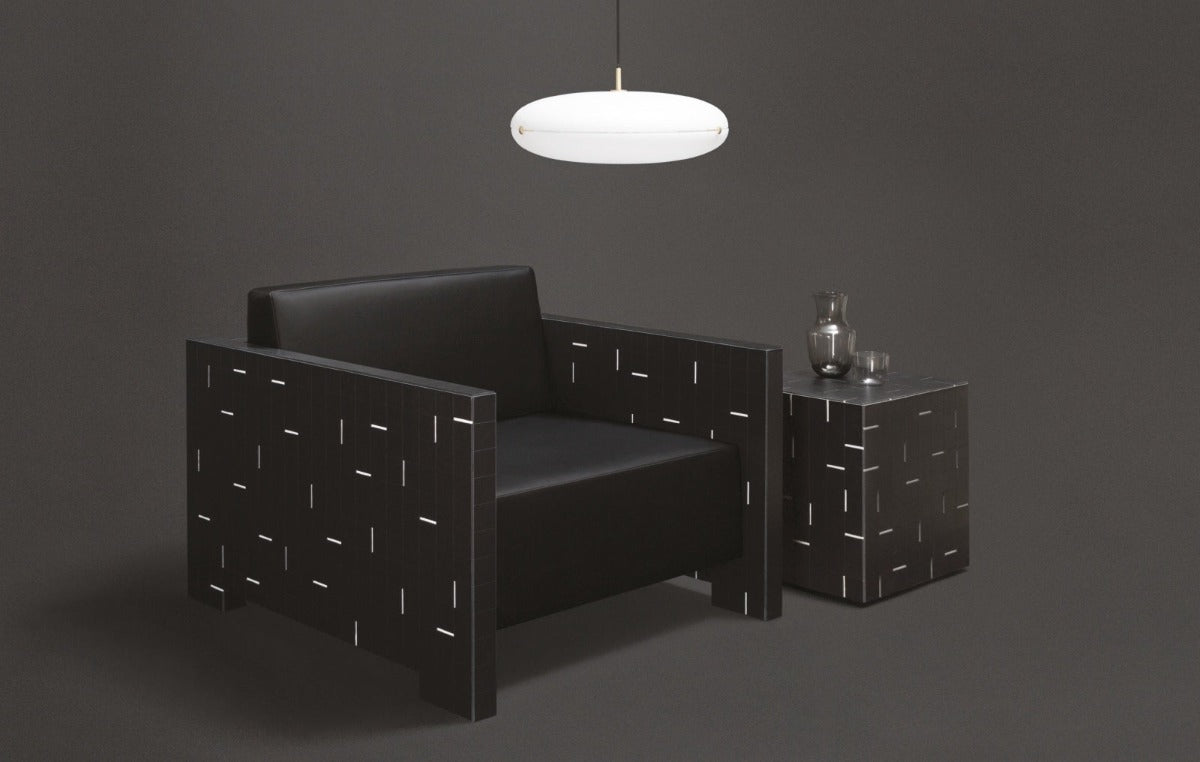
Do you know what silver cutlery is made of?
Are you thinking about buying family silver? Do you have "silver" cutlery from your grandmother at home and would you like to learn more about it? We have prepared a series of articles about silver and silver cutlery for you and we believe that their beauty, style and practicality will inspire you as much as we do.
With its beautiful, unmistakably warm , radiant shine and its easily malleable, soft material properties, silver is the ideal material for the hand-crafting of luxury silver cutlery . The value of silver cutlery is not only expressed in its price, but above all in its unique appearance, specific aroma, heaviness of the material and beautifully velvety haptics. All this creates the added value of sterling silver that can be felt with all your senses.

Silver occurrence
Silver is a noble metal, used by man since about the 5th millennium BC. Silver occurs in the Earth's crust, as well as in seawater. It is about 20 times more common than gold and about 700 times less common than copper.
Silver mining
In nature, silver usually occurs in other ores (copper, lead), rarely as a pure metal; usually in the form of grains, occasionally larger nuggets, sheets or as a branched vein network. The most important silver minerals are acanthite, stromeyerite and allargentum. Silver is almost always an impurity in natural gold.

The main deposits of silver are in North America (Mexico, USA and Canada) and South America (Peru, Bolivia). Known world reserves of silver are estimated at 530,000 t (gold at 51,000 t), which corresponds to a global use for 23-29 years. A shortage of silver can therefore be expected in the coming decades.
Silver obtained from silver ores must first be extracted using processes such as electrolysis and amalgamation. The ore is first finely ground into a slurry. A solution of sodium cyanide is then added. The precipitated raw silver is filtered off and further purified by refining, resulting in what is known as fine silver.
Fine Silver
This type of silver is closest to its pure form, as it contains at least 99.9% silver and only 0.1% impurities (sometimes 99.95% or 99.99% - ultra fine silver). It is exceptionally white, shiny and naturally hypoallergenic.
Pure silver is reserved for investment products such as silver bars and silver coins; this material is generally considered too soft for industrial, commercial, or jewelry use.

Sterling Silver
Pure silver is not only soft but also prone to tarnishing when exposed to sulfur. Therefore, it is usually alloyed with other metals to improve both its mechanical and aesthetic properties and hardness.
The most important silver alloys today are those of silver and copper. They are usually designated by their silver content, expressed in thousandths. The most common silver alloys have finenesses of 800, 835, 900 and 925 thousandths of silver. Silver 925/000 is referred to as sterling silver.
There are various theories about the origin of the word "sterling" - a derivation from the Old English steorra for "star" with the diminutive suffix "-ling" added, creating the word "starlet". The reference is to a silver penny used in Norman England in the twelfth century, which had a small star stamped on it.
The second theory points to Baltic silver traders, called " Easterlings ". Because their money was not devalued as often as in England, English merchants stipulated that they would be paid in pounds of " Easterlings ", officially changed to "sterlings".
New Silver (German Silver)
New silver or alpaca , also called Maillechort, German Silver, Nickel Silver, nickel brass, white brass, albata or paktong, has nothing to do with silver. It is a silvery-white alloy of copper (52-80%), zinc (10-35%) and nickel (5-35%).
Nickel silver was originally produced in China. In Europe, it was first called paktong, which is how baitong is pronounced in the Cantonese dialect. On the old continent, nickel silver was first produced in Germany in 1770. It was used as a cheap substitute for silver. Nickel silver can have a high shine, does not tarnish and became popular during the 19th century for making dishes and cutlery.
Because it provides a harder, stronger, and more durable base than copper, nickel silver is still used as the base for many silver-plated items.








